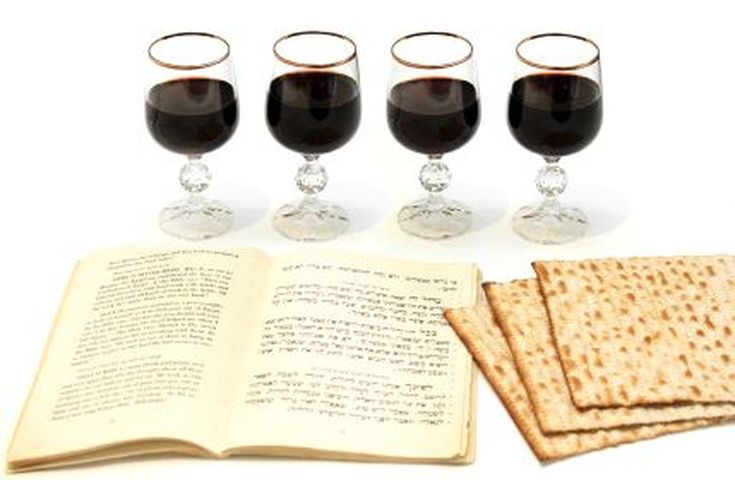
John Calvin writes, “Wherever we find the Word of God surely preached and heard, and the sacraments administered according to the institution of Christ, there, it is not to be doubted, is a church of God.” The celebration of the sacrament of the Lord’s Table is central to Christian worship and fellowship.
Communion is a commemoration, in the sense of actively experiencing a past event in the present tense (as with the Passover); Christ is uniquely present, presiding over His Table. It is the Eucharist, a thanksgiving feast looking forward to the Marriage Supper of the Lamb. It is a proclamation of Christ’s victory over the principalities and powers.
One of our earliest liturgies is the Apostolic Tradition of Hippolytus(ca. 215). It contains the full text of a eucharistic prayer, enjoining Christ’s words of institution to the patristic doctrine of Christus Victor: “And when [Jesus] was betrayed to voluntary suffering that He might destroy death, and break the bonds of the devil, and tread down hell, and fix a term, and manifest the resurrection, He took bread, saying, “Take, eat, this in My body …’”
Worship scholar Robert Webber teaches on the eucharist as an offering of praise and thanksgiving for Christ’s defeat of the satanic powers, asserting that this can only serve to enrich the contemporary church’s understanding of worship: “Nothing in this view is incompatible with the scriptures nor with the evangelical commitment to the gospel. The restoration of this teaching will prove to be a means of recovering the joy and triumph of celebrating Christ’s victory over evil.”
Webber also encourages us to “flee to the Eucharist,” to throw ourselves at God’s mercy at His Table of victory and grace, where the forgiveness of sins and defeat of Satan is proclaimed. Amen!